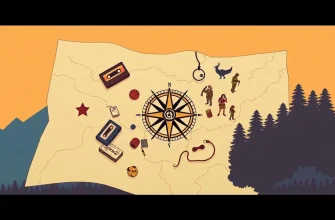Embark on a cinematic journey through time with these ten classic adventure films. These movies not only capture the essence of adventure but also showcase the evolution of storytelling and filmmaking techniques. From swashbuckling tales to epic journeys, each film in this collection offers a unique glimpse into the past, providing both entertainment and a historical perspective on the genre. Whether you're a fan of daring escapades or simply appreciate the art of cinema, this collection is a treasure trove of cinematic gems.
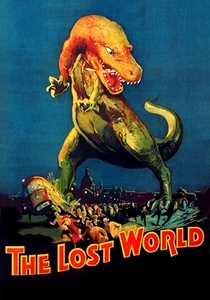
The Lost World (1925)
Description: Based on Sir Arthur Conan Doyle's novel, this silent film brings to life a prehistoric plateau where dinosaurs still roam, offering a thrilling adventure into the unknown.
Fact: It was one of the first films to use stop-motion animation to depict dinosaurs, a technique pioneered by Willis O'Brien, who later worked on "King Kong."
 Watch Now
Watch Now 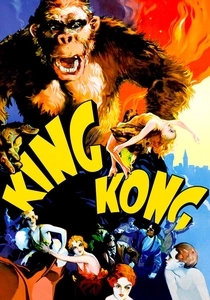
King Kong (1933)
Description: A pioneering film in special effects, "King Kong" tells the story of a giant ape brought to New York City, blending adventure with horror and romance. Its influence on cinema is immeasurable.
Fact: The stop-motion animation techniques used were groundbreaking. Also, the film's iconic scene where Kong climbs the Empire State Building was inspired by real-life events.
 Watch Now
Watch Now 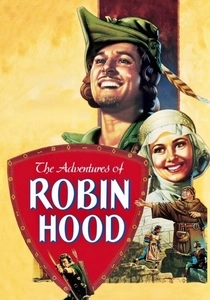
The Adventures of Robin Hood (1938)
Description: This film captures the legendary tale of Robin Hood with Errol Flynn's charismatic performance, setting the standard for all future adaptations. It's a vibrant, action-packed adventure that has inspired generations.
Fact: The film was one of the first to use the three-strip Technicolor process, making it visually stunning for its time. Also, it was nominated for four Academy Awards, winning three.
 Watch Now
Watch Now 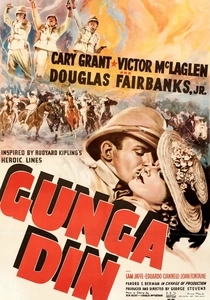
Gunga Din (1939)
Description: Set in British India, this film follows three British soldiers and their loyal water-bearer, Gunga Din, in their fight against a Thuggee cult. It's a blend of action, comedy, and drama.
Fact: Rudyard Kipling's poem "Gunga Din" inspired the film, and it was one of the first to use a large-scale battle scene with hundreds of extras.
 Watch Now
Watch Now 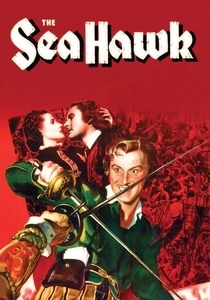
The Sea Hawk (1940)
Description: Errol Flynn stars as a privateer in this swashbuckling adventure set during the reign of Queen Elizabeth I. It's a tale of piracy, romance, and political intrigue.
Fact: The film was inspired by the novel "The Sea Hawk" by Rafael Sabatini, but the plot was significantly altered. It was also one of the first films to use a full orchestral score.
 Watch Now
Watch Now 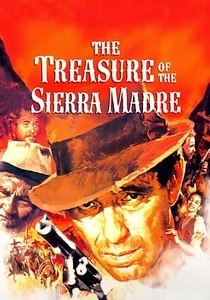
The Treasure of the Sierra Madre (1948)
Description: John Huston's masterpiece explores the dark side of human nature through a tale of gold prospecting in Mexico. It's an adventure that delves into greed, trust, and survival.
Fact: Humphrey Bogart's performance was critically acclaimed, and the film won three Oscars, including Best Director for Huston. The line "Badges? We ain't got no badges!" became iconic.
 Watch Now
Watch Now 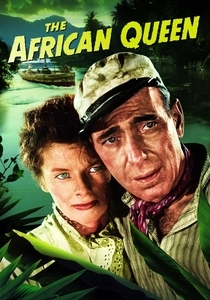
The African Queen (1951)
Description: Humphrey Bogart and Katharine Hepburn star in this tale of a missionary and a riverboat captain navigating through Africa during WWI. It's a story of love, courage, and adventure against all odds.
Fact: The film was shot on location in Africa, dealing with real-life challenges like leeches and malaria. Bogart won his only Oscar for this role.
 Watch Now
Watch Now 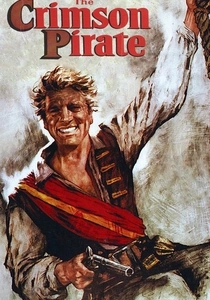
The Crimson Pirate (1952)
Description: Burt Lancaster stars as a swashbuckling pirate in this colorful, action-packed adventure that mixes comedy with daring feats, showcasing Lancaster's acrobatic skills.
Fact: Lancaster performed many of his own stunts, including a famous scene where he climbs a ship's mast using only a rope. The film was shot in Italy to save on production costs.
 Watch Now
Watch Now 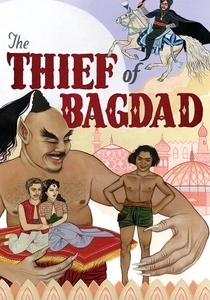
The Thief of Bagdad (1940)
Description: This film is a magical adventure with stunning special effects for its time, telling the story of a young thief who becomes involved in a grand adventure involving a genie, a flying carpet, and a quest for love.
Fact: It was one of the first films to use blue screen technology extensively. The film's visual effects were so innovative that they won three Oscars.
 30 Days Free
30 Days Free 
Around the World in 80 Days (1956)
Description: This epic adventure film follows Phileas Fogg as he attempts to circumnavigate the globe in 80 days, encountering various cultures and challenges along the way.
Fact: The film holds the record for the most locations shot in any film at the time, with scenes filmed in 13 countries. It won five Academy Awards, including Best Picture.
 30 Days Free
30 Days Free 



